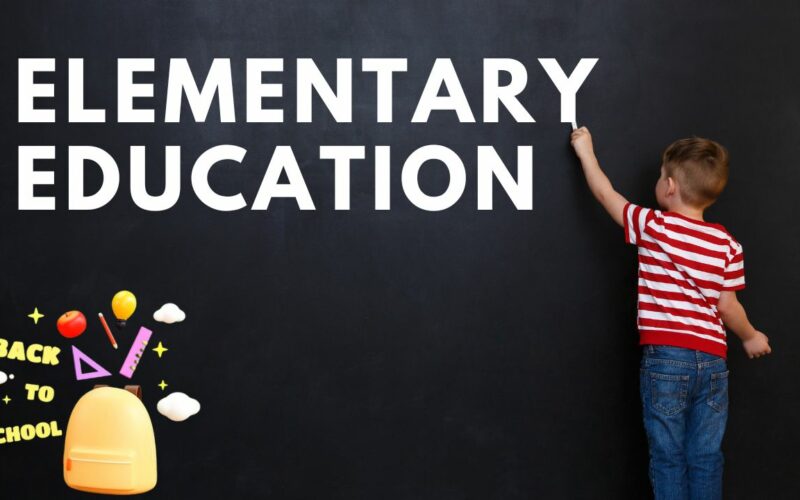What is Elementary Education, its Importance & What are the Issues with Elementary Education
Elementary education is essential for society and the country at large.
We simply can’t express the importance of elementary education in just one article. In this article, we shall debate how elementary education is important for India.
We will debate in great detail about its importance, and we shall also compare the state of elementary education in India and elsewhere in the world.
We also get to debate issues with our elementary education and how do we move forward.
So this article will be a great insight into the state of elementary schools in the country. You must read it even if you don’t have to do anything with elementary education.
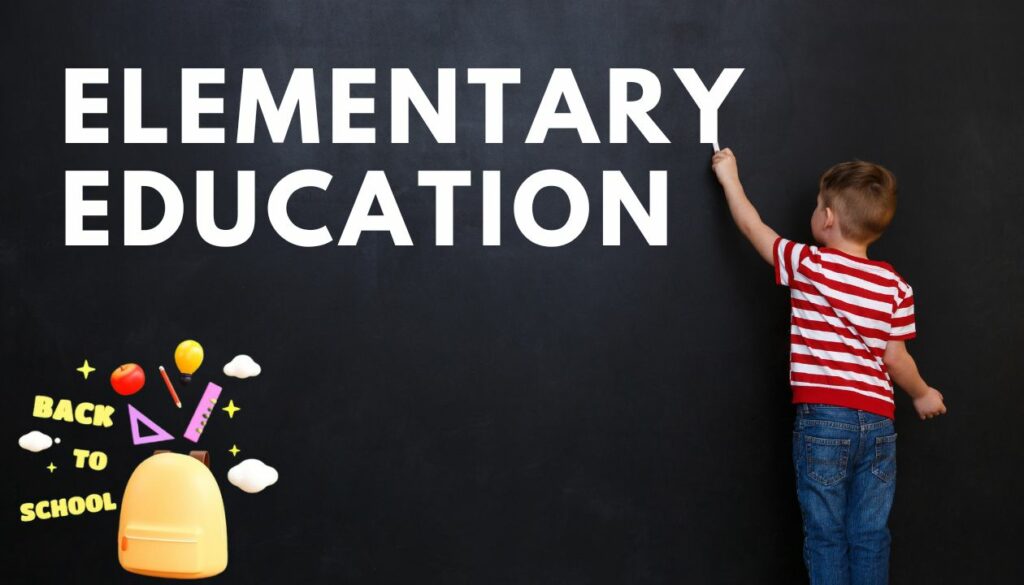
Table of Contents
What is Elementary Education?
Elementary education is also called primary education in India.
It is called elementary education or elementary schools in the US and other parts of the world. But here in India, we say primary schools.
Primary education starts at the age of 5 and ends when they are 12 to 13 years old. In India, primary education starts from Class 1 or grade 1 and goes up to Class 6/7 or Grade 6/7.
Elementary education does not include Kinder Garden and pre-schooling. So in India, elementary education or primary school is from Class 1 through Class 7.
Importance of Elementary Education
We could write an entire article or a book dedicated to the importance of elementary education in India.
Elementary education is critical whether you are living in a developing country or a developed world.
Let me start by giving you an example of South Korea. When South Korea began her journey as a nation-state, she was very poor; however, after investing in education, South Korea became a developed economy, especially in primary.
Today South Korea has a GDP per capita of over $25,000; back in 1950, it was a developing country with no basic amenities. Now we use Samsung, and we drive Hyundai, etc.
It happened only because of the government there that declared an education emergency.
Similarly, other developed countries in Europe and North America did the same thing. Still, they spend a high amount of money on primary education.
However, the importance of primary education in India increased compared to the rest of the developed world.
First of all, let us debate why higher education is more critical than Primary education.
Well, both of them are important, but in the Indian context, I can say primary education is more important than secondary education.
It is because if you want to eliminate or reduce poverty, then primary education is going to do it, not higher education.
Let me explain this in great detail.
As you know, India’s main challenge is poverty, we need to uplift millions of people out of poverty, and we can’t do it unless we focus on elementary education.
Primary education starts from Class 1st when a child is 5 years old. Primary education means a classroom, books, and a teacher (that is the bare minimum) but nutrition, clothes, and creating an environment where a child can learn new things every day, an environment that can help bring out the best within a child.
Infrastructure like chairs, tables, books, stationery, classrooms, and teachers is the bare minimum that any government could provide.
They need to do more than that, like teaching children how to imagine and bring out the inner talent they can use later in their lives.
If we have to bring people out of poverty, then we need social mobility, and social mobility can’t be achieved unless we focus on primary education and health.
However, on the other hand, higher education does not solve this problem.
Higher education starts when you come out of high school or 10+2.
So if the child is 5 years old and lives in a family which is below the poverty line, then the child needs primary education, not higher education.
Therefore if the government is spending only on higher education, that will not change the status of children because higher education is all about colleges. And by the time the child living in a family below the poverty line reaches the age of 16, their mind has already been shaped.
So it is of no use if the government is spending on higher education.
That is the difference between the importance of higher and primary education.
Issues with Elementary Education in India
There are some serious challenges and issues with our elementary education in India.
We have difficulties dividing into four to five different categories.
Basic Issues in India
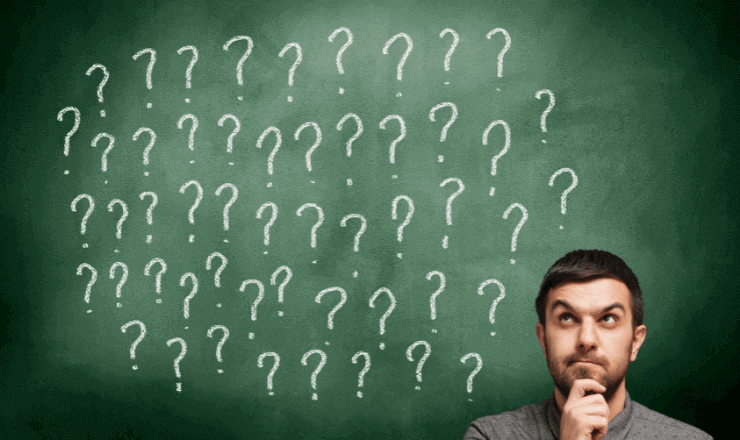
1. Infrastructure
Infrastructure is a big problem that primary education faces in the country. It covers a whole lot of things that we will be debating in the coming paragraphs.
2. Separate Girl's Toilet
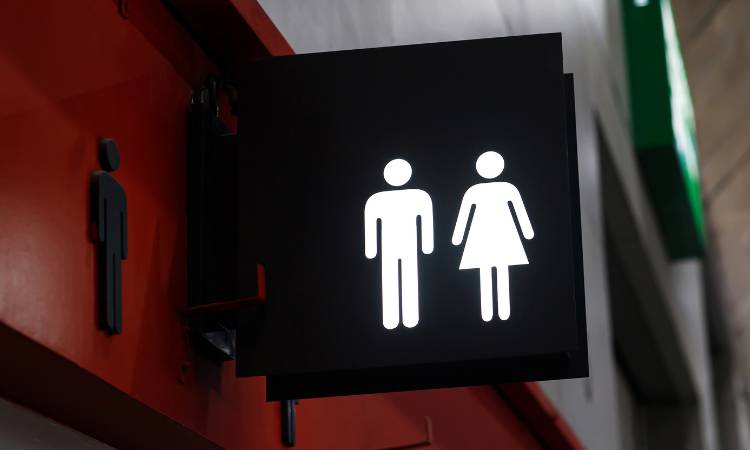
The toilet is the first reason so many girl children drop out of primary education. Many primary schools don’t have separate toilets for girls.
3. Usable Toilets for Children
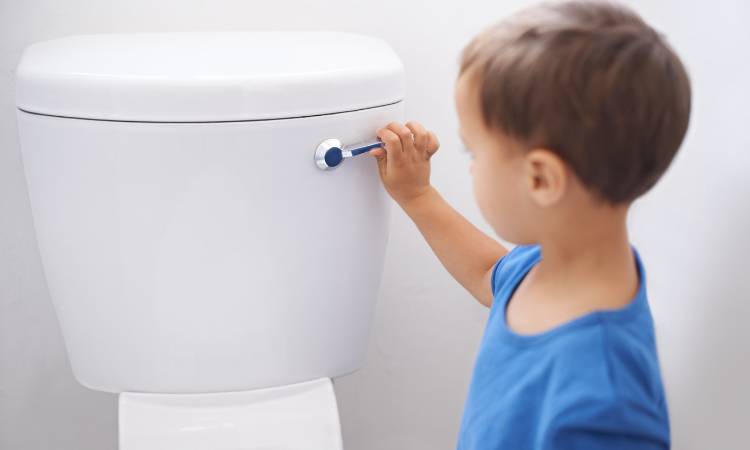
If toilets are there, then they are not clean, so children can’t use them. So the bathroom is a big issue that our primary schools are facing.
4. Electricity
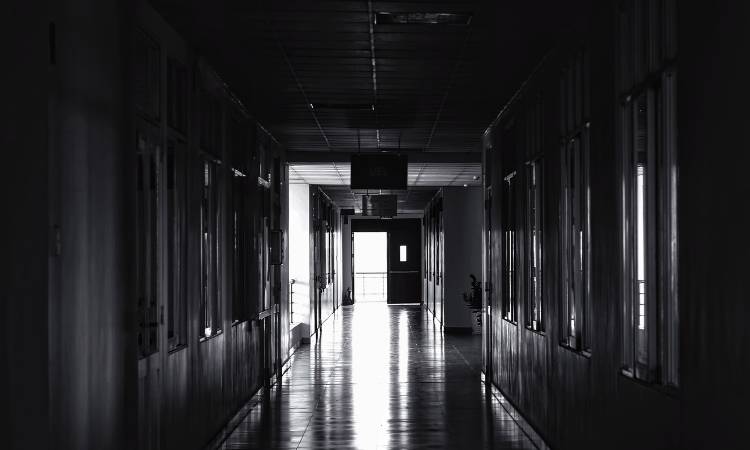
Then comes electricity; many schools in India do not have electricity. No fans, lights, or other types of equipment in a classroom.
5. Drinking Water Facility
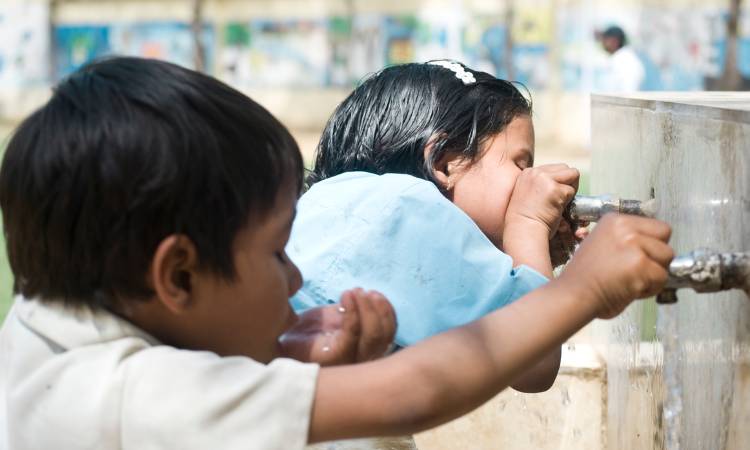
Clean Drinking water is also unavailable in many primary schools across the country. Many schools simply don’t have taps.
6. Separate Teacher’s Toilet
Even teachers don’t get basic facilities like a toilet. There is no separate toilet for teachers, whether they are gents or ladies.
7. Compound Wall
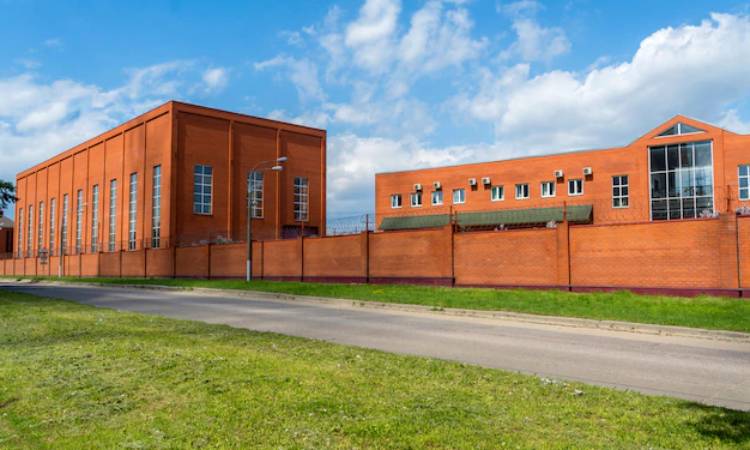
Schools don’t have proper compounds. There is no wall, so it does not look like a school.
8. Playground
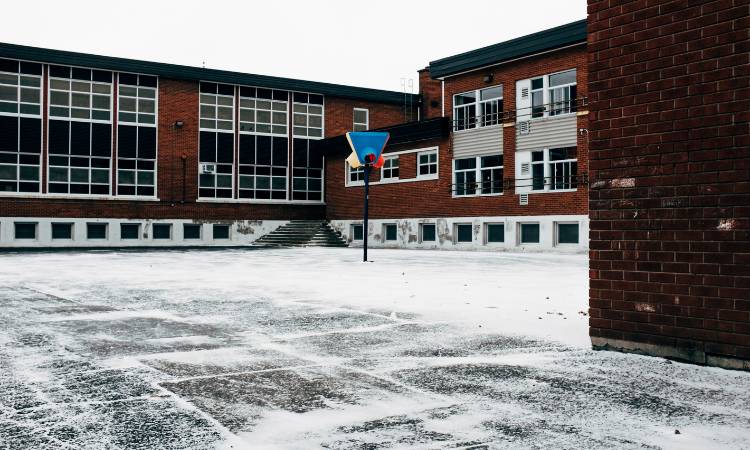
No playground for children. Children need other activities like playing, music, etc. But many primary schools don’t have playgrounds.
9. Building
You can’t make out whether it is a school or animal husbandry. The reason is many primary schools across the country do not have buildings.
10. Transportation
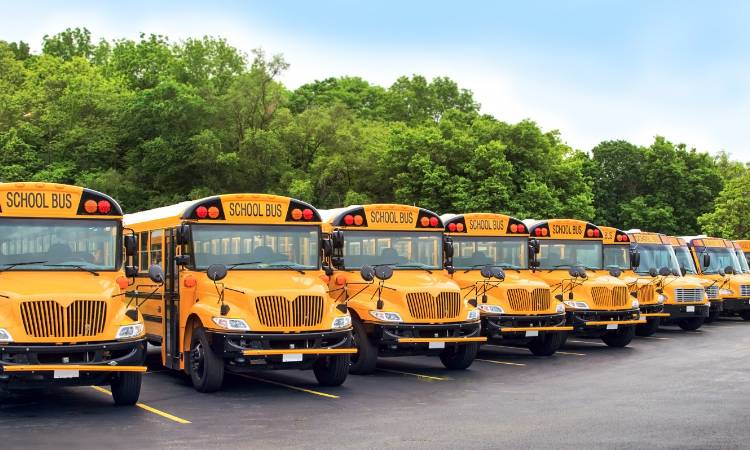
Kids have to commute long distances by walking. They don’t have transportation like a bus or a school van. So enrollment is less.
Teacher Issues
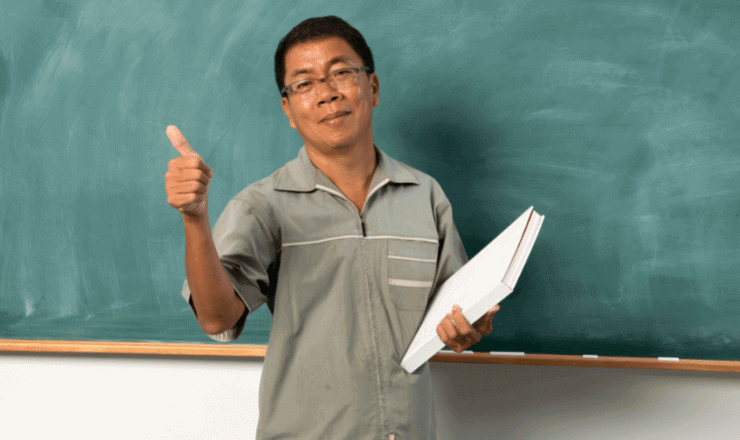
We shall also debate issues with teachers our primary education faces.
1. Teachers Education Graduate
Many of teachers are not even graduated, so they can’t teach appropriately due to a lack of training.
2. Teacher with High School
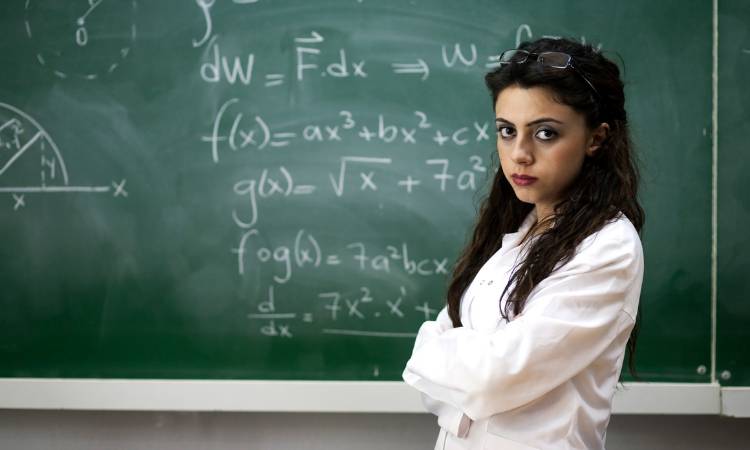
Many teachers are just high school pass out, so they don’t know how to teach a kid. The educational qualifications of teachers are not good.
3. Head Teacher
There are no head teachers available in a given primary school.
4. Multi grade Teaching
Multi-grade teaching is also a big problem for primary education in India.
5. Presence of Teachers
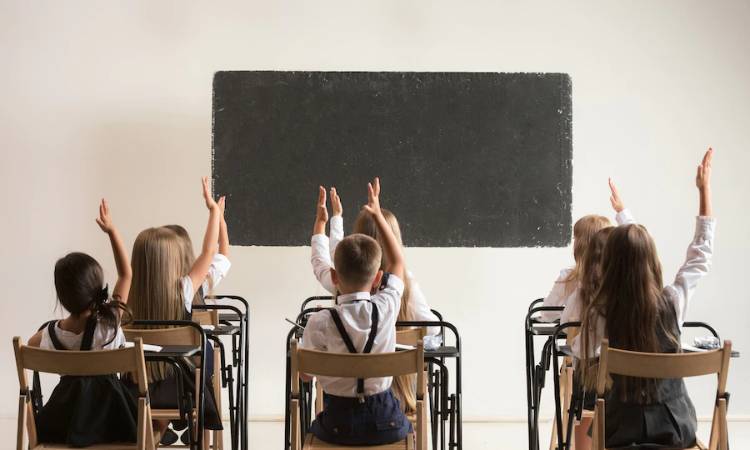
Teachers are not present in the classroom. They are paid but don’t go to the classroom to teach. This is very common in rural India.
6. Teachers Shortage
Moreover, in a given classroom, Teacher to student ratio is shallow. There is a severe shortage of good teachers in the country.
Teacher’s Home
Teachers are facing other issues also. Like they don’t have a home near to the school they teach.
Their home is so far away that they can’t reach the school on time.
Caste Issues
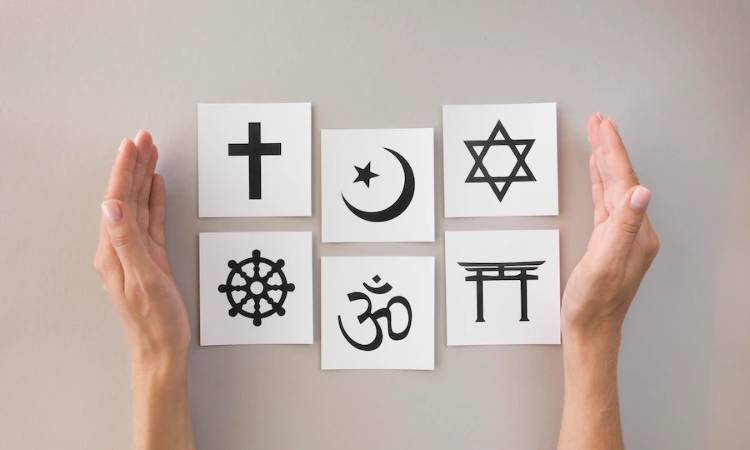
Caste-related issues are also very prevalent in our primary schools in rural India. You may have read many stories in the newspaper. So I am not going to talk here.
Economic Background of the Parents
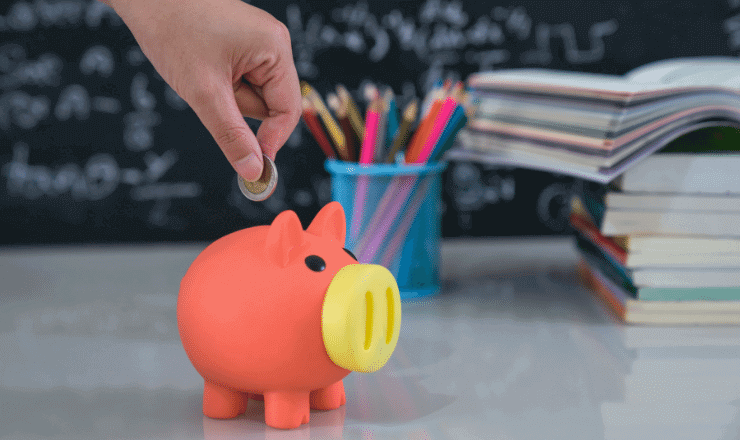
This is very important. Many parents simply can’t send their kids to school because they can’t afford it.
Parents from poor backgrounds can’t send their kids to school.
So you can understand that there are two fundamental problems that our primary education is facing. One is an infrastructural crisis, and the other is a human resource challenge.
How do we Move Forward?
Now we need to conclude this article by saying we have to move forward, and if we have to move forward, then you can’t ignore the importance of primary education in the country.
It is primary education that can heal India, not higher education. So the government needs to start focusing on primary education to change the face of the country.





